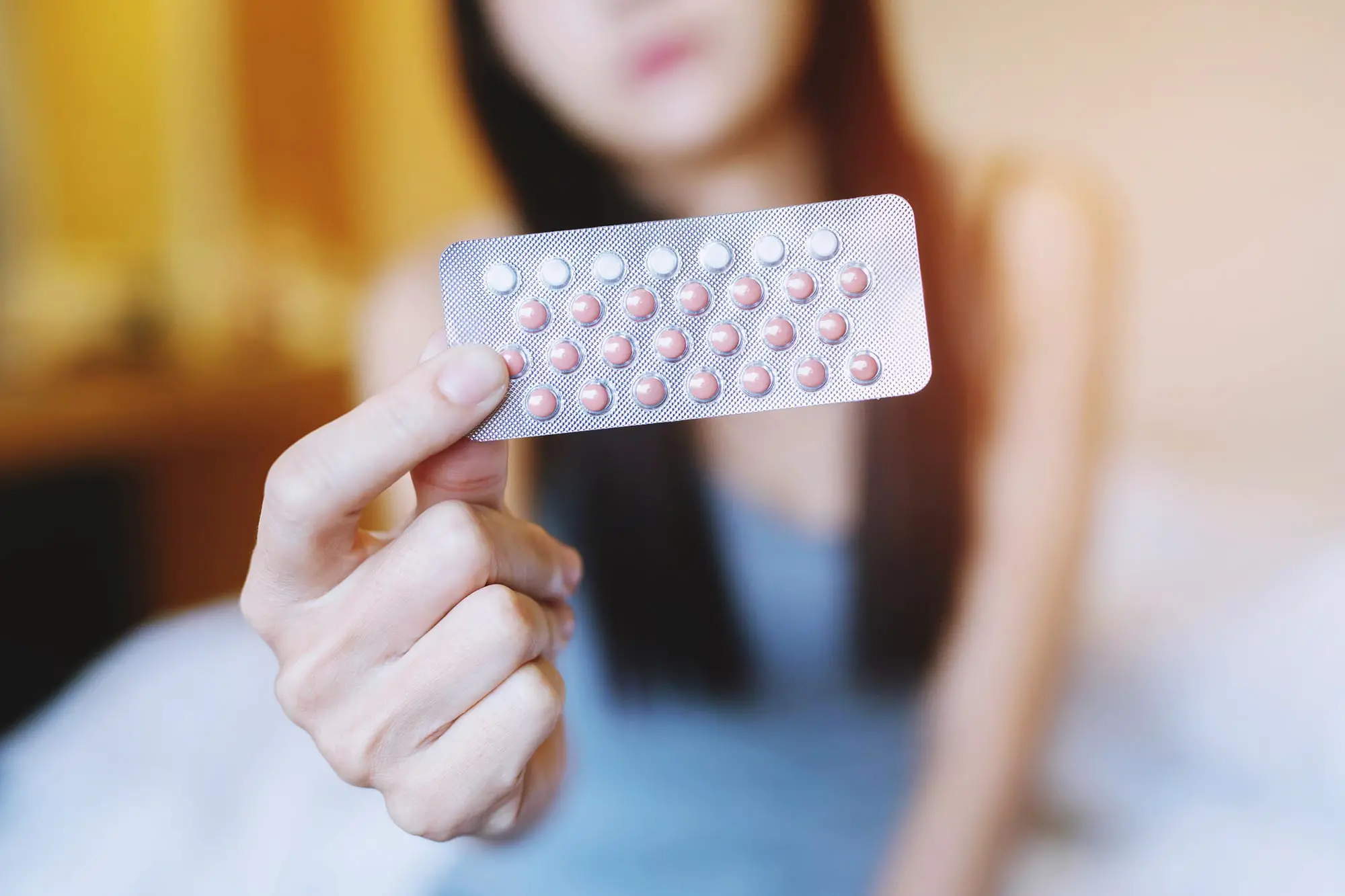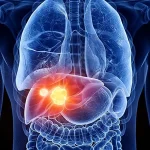Summary of Oral Estrogen Hormone Therapy’s Troubling Tie to High Blood Pressure:
A study published in the Hypertension Journal found that women over 45 taking estrogen hormone therapy orally are more likely to develop high blood pressure than those using transdermal or vaginal forms. The study also revealed an increased risk associated with animal-derived estrogen compared to synthetic ones. Based on medical records, the research was conducted on postmenopausal women using estrogen-only hormone therapy. The study involved a large group of over 112,000 women, ages 45 and older, who filled at least two consecutive prescriptions for estrogen-only hormone therapy. The researchers found that taking estrogen for a more extended period or taking a higher dose was associated with a greater risk of high blood pressure.
*****
New Study Shows Oral Estrogen Hormone Therapy Increases Risk of High Blood Pressure
A new study published in the Hypertension Journal has found that postmenopausal women using estrogen-based hormones may be at an increased risk for developing high blood pressure. Specifically, those who take estrogen hormone therapy orally are more likely to develop high blood pressure than those who use transdermal or vaginal forms of estrogen. The study suggested that this increased risk is associated with animal-derived estrogen compared to synthetic ones. However, the research only looked at postmenopausal women using estrogen-only hormone therapy.
Estrogen Therapy and High Blood Pressure
The study examined over 100,000 women aged 45 and older who were taking estrogen hormone therapy for menopause. Women taking oral estrogen had a 14% higher risk of high blood pressure than transdermal estrogen creams and a 19% greater risk than vaginal estrogen creams or suppositories. Women taking conjugated equine estrogen, an animal-derived form of estrogen therapy, were also found to have an 8% increased risk of high blood pressure compared to those taking estradiol, a synthetic form of estrogen that more closely mimics what is naturally produced in women’s bodies in the premenopausal years.
Choosing the Safest Hormonal Treatments
According to the study’s lead author, Cindy Kalenga, “If a menopausal woman takes hormone therapy, there are different types of estrogen that may have lower cardiovascular risks.” She suggests low-dose, non-oral estrogen in transdermal or vaginal forms for the shortest possible period based on individual symptoms and the risk-benefit ratio.
However, it is essential to balance these potential risks with the benefits of hormone therapy, which can relieve common menopausal symptoms like hot flashes, night sweats, mood changes, or sleep disturbances.
Future Research Needed
This study had several limitations, including examining estrogen-only therapy in women with a hysterectomy. In contrast, women with an intact uterus may receive a combination of estrogen and progestin. Further research is needed to explore combined estrogen and progestin, as well as progestin-only formulations of hormone therapy and their impact on heart and kidney diseases. As the average age of natural menopause among women worldwide is about 50, increasing knowledge on safe and effective hormonal treatments for women during menopause is essential. This information should be obtained through open dialogue between women and their healthcare providers.


